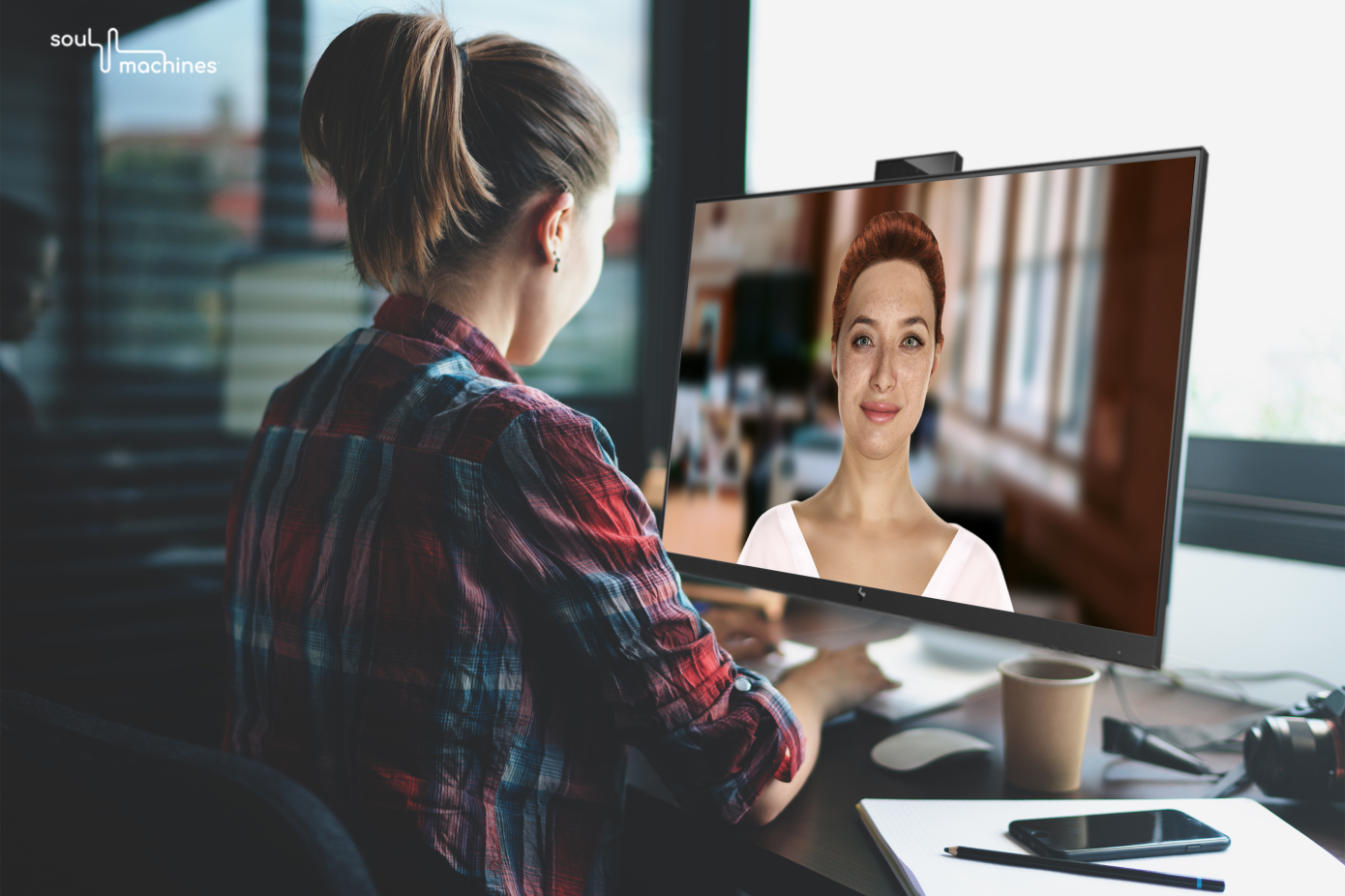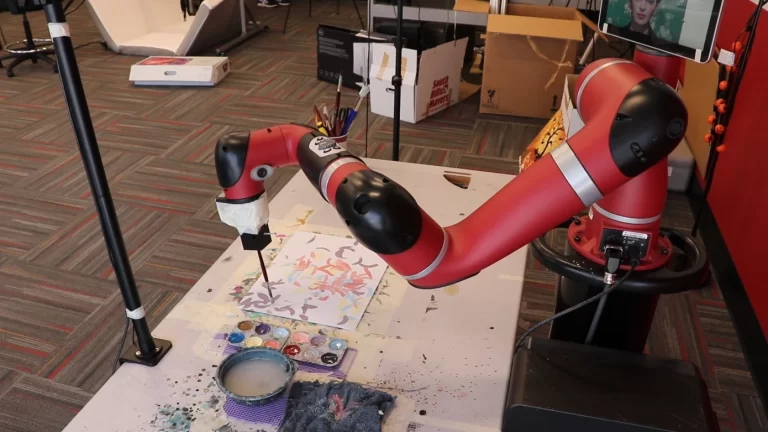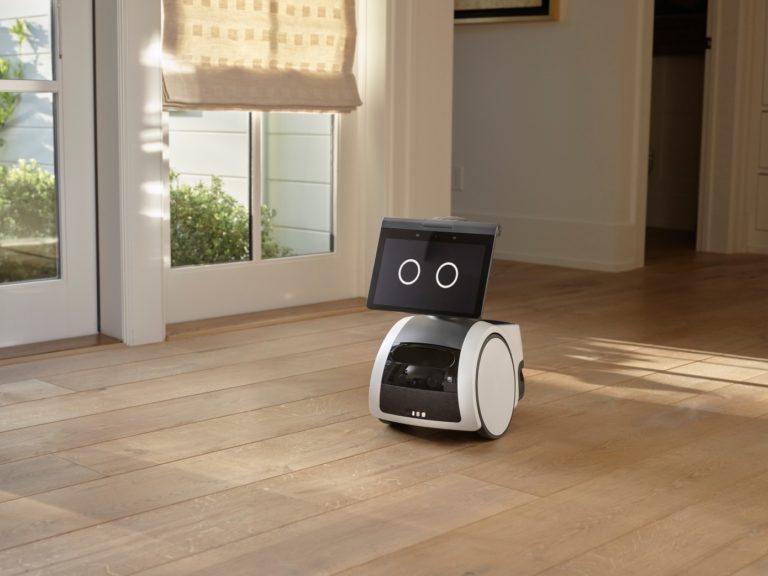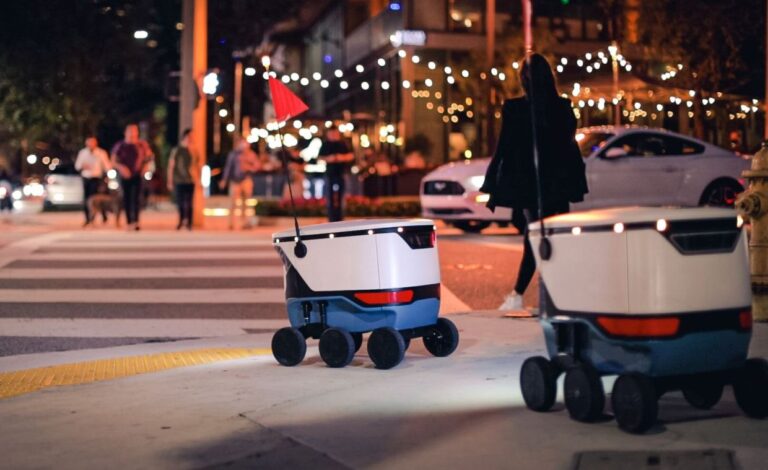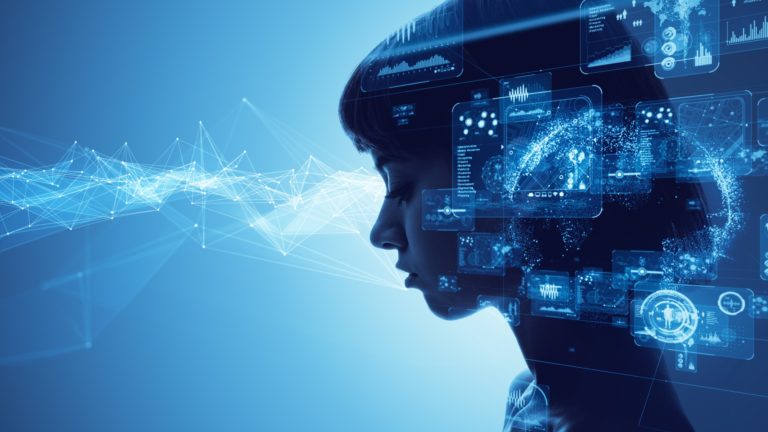What will humanoid robots be used for in the future?
By MalayMail – September 28, 2022
A version of this article was first published on MalayMail
SAN FRANCISCO, Aug 19 — While waiting for other players to enter the fray, the humanoid robot war is already raging between the United States’ Tesla and China’s Xiaomi. From assembly line work to personal services, these robots could have very practical uses once they’re made operational.
Whether the Tesla Optimus or the Xiaomi CyberOne, these robots are the size (between 1m70 and 1m80 or 5 ft 6 inches to 5 ft 9 inches) and the weight (about 50 kilos or 110 pounds) of an average human, and can walk and move like a person. The more elaborate of the two, Xiaomi’s CyberOne, is also capable of perceiving space in 3D as well as recognising individuals as well as their gestures, their expressions and their emotions. Artificial intelligence gives it the capability of interacting with humans, such as comforting someone who is unhappy. Meanwhile, Tesla’s Elon Musk has long spoken of his dream of grafting an artificial intelligence that surpasses human intelligence onto his robots. A first prototype of the Optimus robot is set to be revealed before the end of the year.
The potential of such robots seems nearly limitless. However, it’s within an industry setting that these robots will first need to demonstrate their worth. As Elon Musk himself announced, this type of robot would be perfect for alleviating humans of “repetitive, boring and dangerous tasks.” In the factory, they could work on a production line, carry heavy loads or screw in bolts. In everyday life, they could do errands like mowing the lawn or walking the dog.
Once their operations have become more elaborate and “intelligent,” these humanoid robots could very well be used to assist elderly or dependent people. But to start with there’s more chance of seeing them on a production line than in a nursing home or in a regular home setting. — ETX Studio


